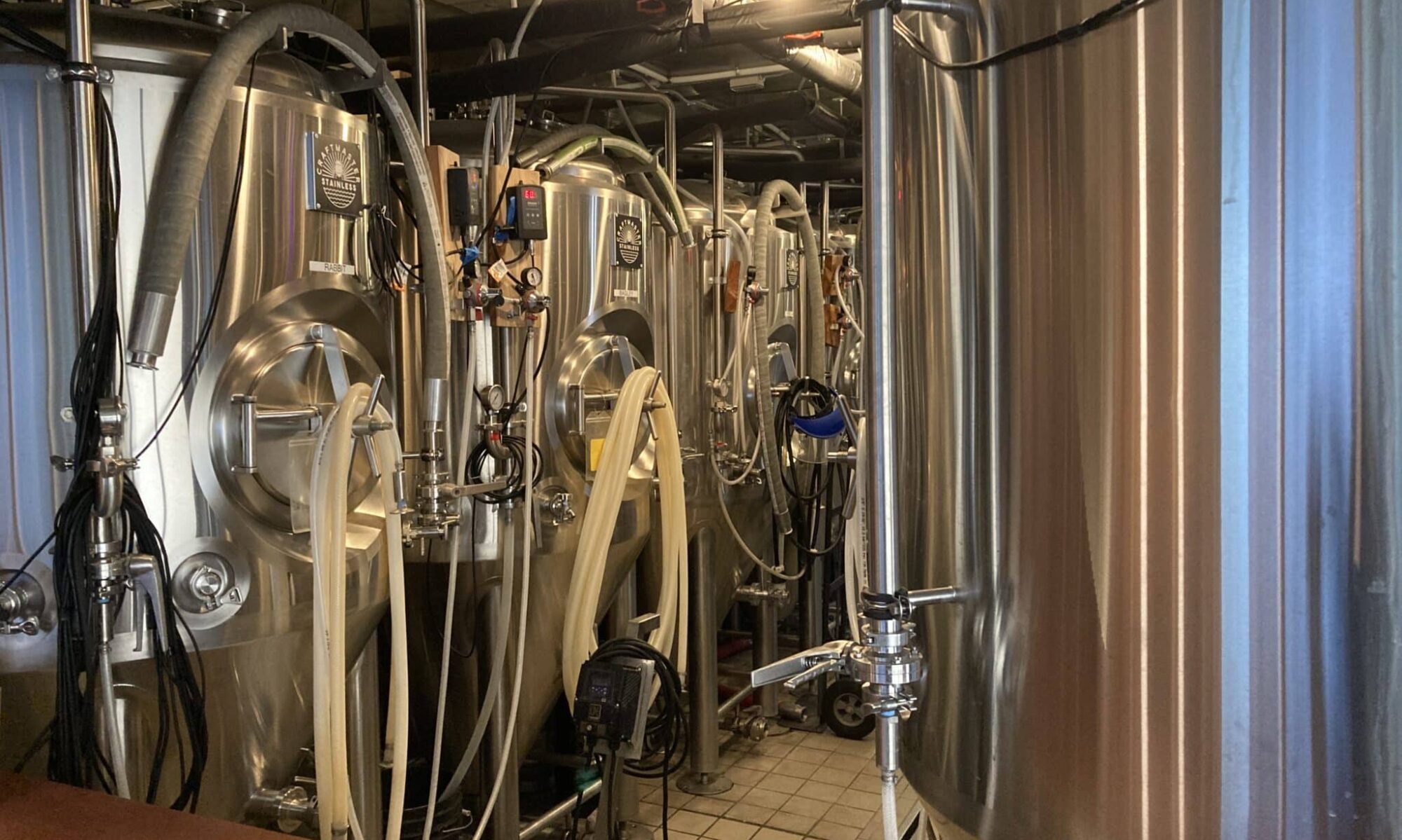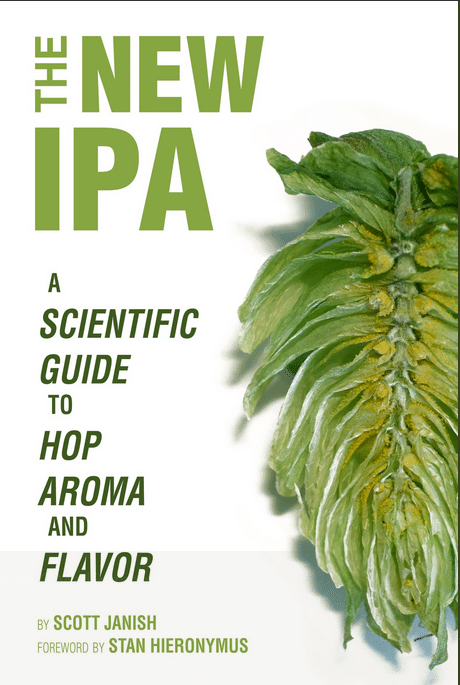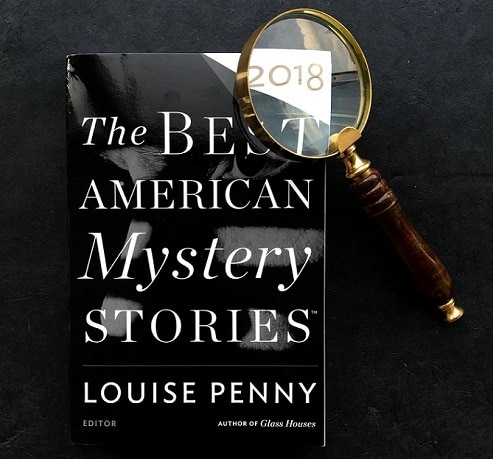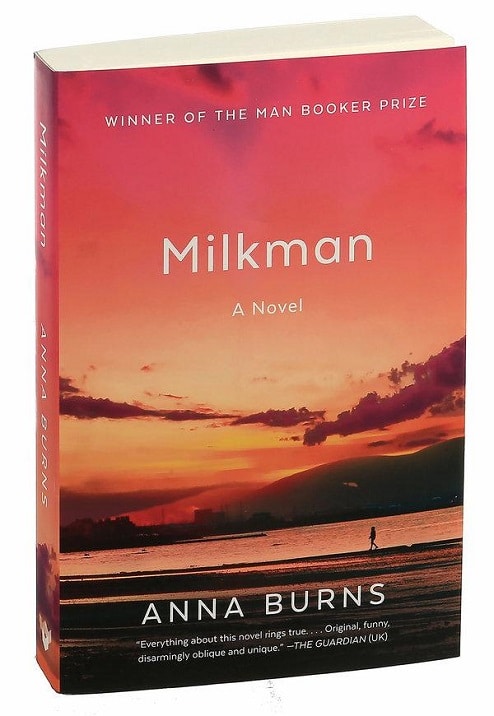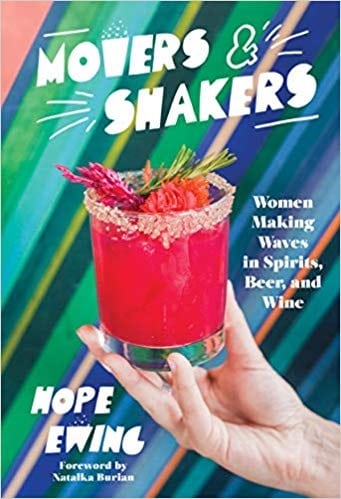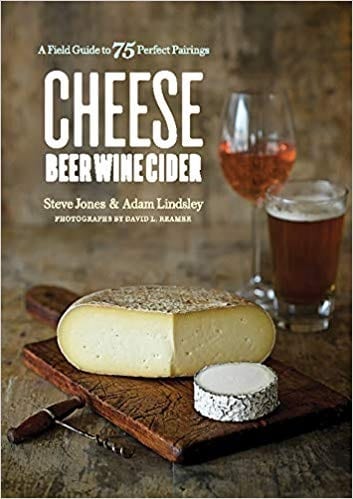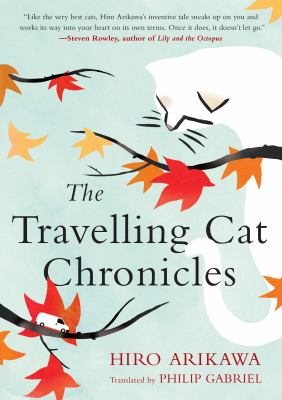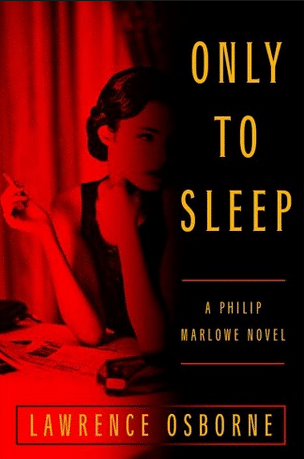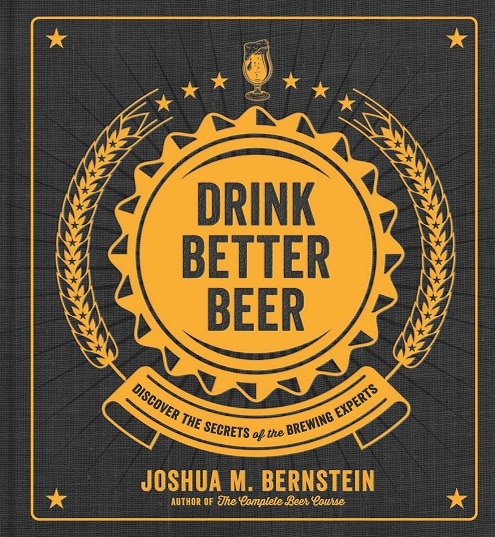
Here is your heads up for a new beer book coming in September from Joshua Bernstein. Here is the blurb: “Drink Better Beer features the must-know insights of more than 30 professionals, including competition judges, beer consultants, and master brewers. Find out how to shop clever by heeding two simple rules. Learn the art of selecting the right glass, cleaning it, and executing the perfect pour. Make sense of all those aromas with just a couple of sniffing tricks. Unlock the taste secrets of different styles, learn when to drink and how to know if your favorite beer store is treating their beer the way they should.”
Bernstein’s IPA book and Complete Book Course didn’t quite do the trick for me though I found fun beer knowledge in both, so I hope this book has more.
